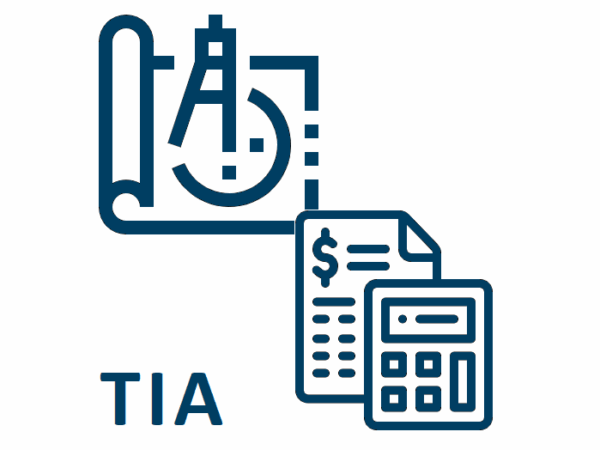Tenant installation allowance (TIA) is a sum of money provided to the tenant by the landlord, normally on the signature of a new lease, or renewal of an existing lease, for improvements of the premises.
What is a tenant installation allowance spent on?
These funds are spent on one or more of the following
- installation of kitchens,
- reconfiguration of the interior using partitions and (interior) dry walling
- flooring / carpets
- ceiling tiles
- lighting
- signs
- shelves
- restroom fixtures
- fire protection
- IT cabling
- aircon systems,
- fire protection
- security
How is it calculated?
Various formulae to determine the TIA value can be provided by the landlord, and they are subject to negotation between both parties.
The formulae generally are structured as follows:
- Vanilla value for a certain lease period. For example: R200K for a 3 year lease. Result: TIA = R200K
- R / sqm of either usable area (less than rentable area) or rentable area. For example: R500 / sqm of say 1,000 sqm rentable area for a 3 year lease. Result: TIA = R500K. Generally the longer the lease, the bigger the R / sqm value.
- Months’rental per year of lease, based on either a gross rental or net rental value. For example: 1 month per year of lease based on a net rental of R200K per month. For a 3 year lease. Result: TIA = R600K
Insider insight
No two tenant installation values are “worth” the same. This is because no two spaces are the same.
Space the tenant may be occupying can range in a spectrum from a white box on the one end to a completely improved interior space on the other.
Thus R1,500 / sqm spent on one space can give you the same result as R250 / sqm spent on another space.
The need for improvements, and their cost, therefore varies.
For example, with some properties, the previous tenant may have left the space in an amazing condition, and the space is perfectly suited to the needs of the incoming tenant.
In this instance no, or only discretionary, additional expenditure would be required for
- Aircon
- Carpeting
- Partitioning
- Kitchens / kitchenettes
- Ceilings and lights
- Electrics and IT cabling
- Partitioning
Responsibility for the design of, installation of, and payment for tenant improvements is negotiated at the time of the lease agreement.






